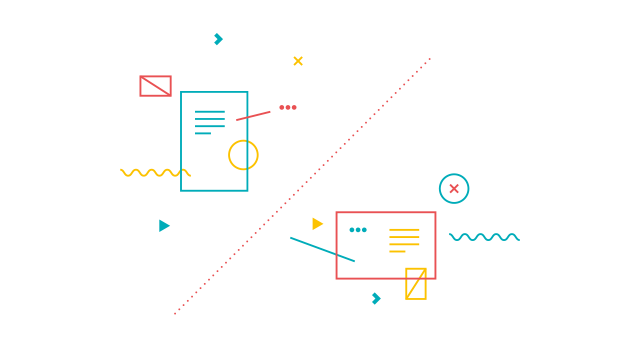INTERPRETING

Interpreting services between English/German and Czech, Slovak, Polish and Hungarian
Here at QA Czech, we do more than just translations. We offer interpreting services, too. When it comes to interpreting, there is no room for later improvement. We work with experienced professionals who will make sure you get your message across, no matter which one of our languages it’s in.
Consecutive interpreting
Consecutive is the most commonly used form of interpreting. It’s one of the easiest ones to co-ordinate, as it can be done absolutely anywhere. What happens is that the speaker will say something, then after they’ve finished that particular part, the interpreter will interpret what’s just been said. They can then interpret back any questions if needed. The only thing we’d recommend for this type of interpreting is that the speaker takes into account that they’ll have to break their speech up into chunks for the interpreter to interpret, so this might take a bit of preparation.
Simultaneous interpreting
Simultaneous interpreting is the most complicated form of interpreting, as it involves lots of specialist equipment. Here, the speaker doesn’t have to pause while they’re speaking, as the interpreter will interpret while they are speaking. It’s mainly used at conferences (it’s the type you often see at the EU when you see them showing their interpreters) and in very formal settings. As it’s so tiring, you always have to have 2 interpreters who will swap every 20 minutes. Plus you have to make sure that you have the correct interpreting equipment. Interpreters will normally sit in a special booth and what they’re saying is normally relayed to listeners via a microphone and headphones.
Telephone interpreting
If you’re in need of an interpreter immediately, telephone interpreting is probably going to be your best choice. It also saves on things like travel expenses! All you need is a phone line, and we can connect you to an interpreter almost immediately.